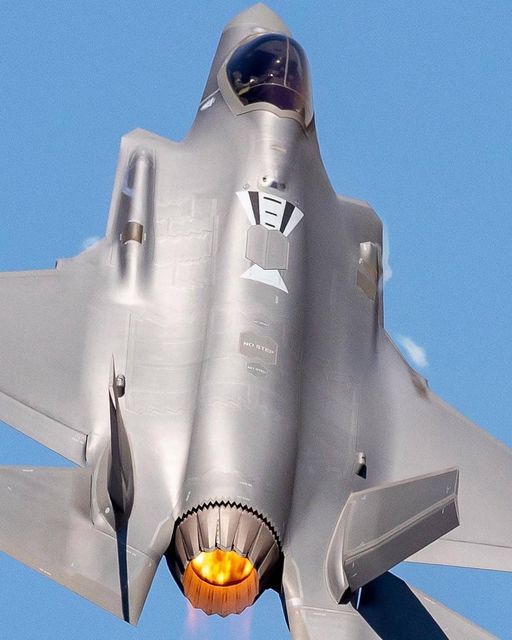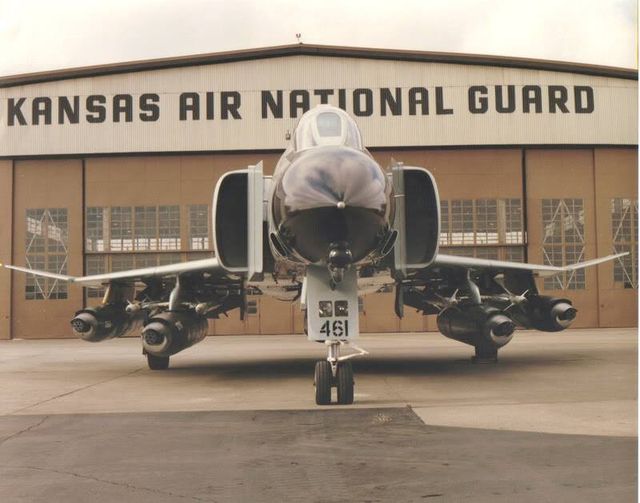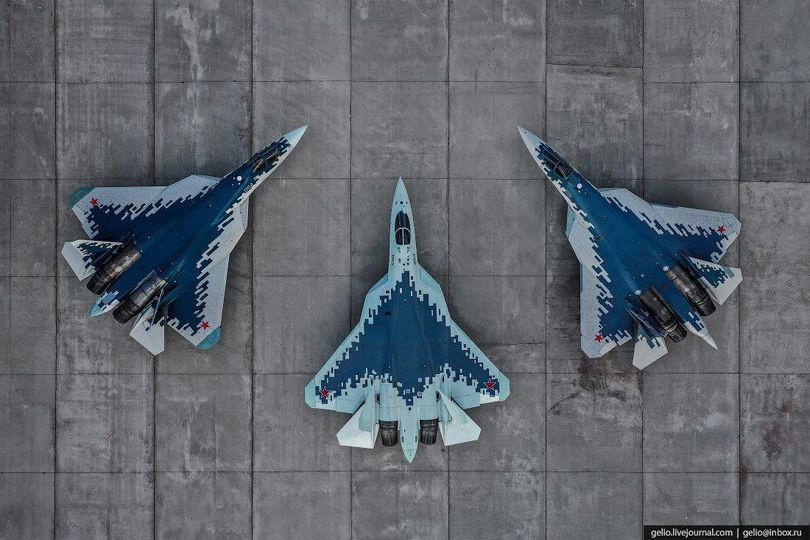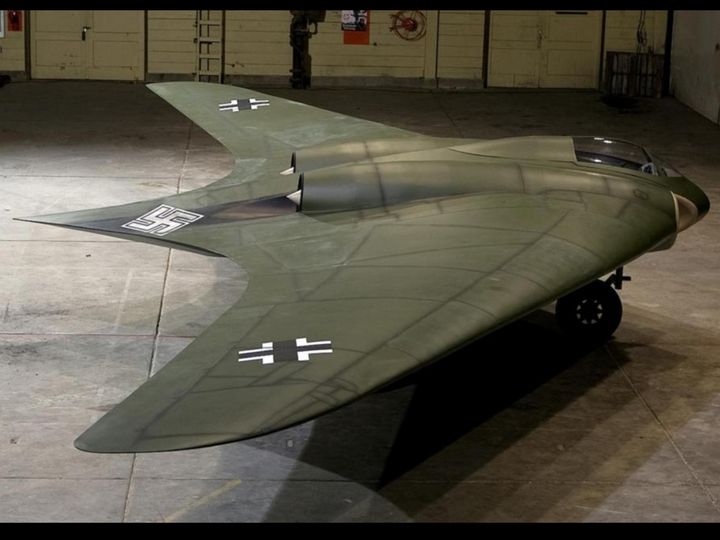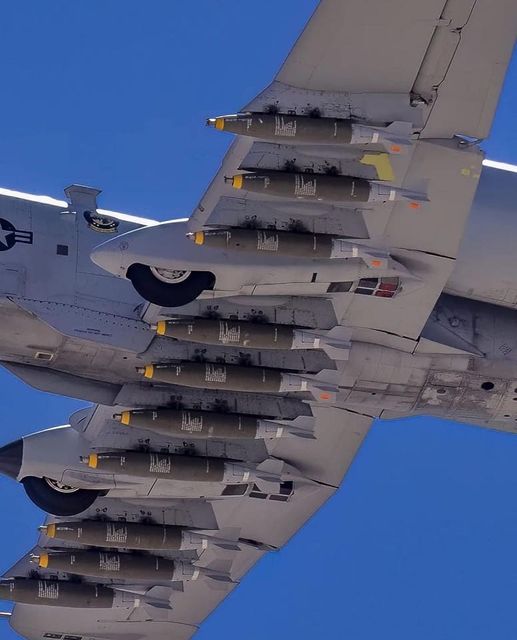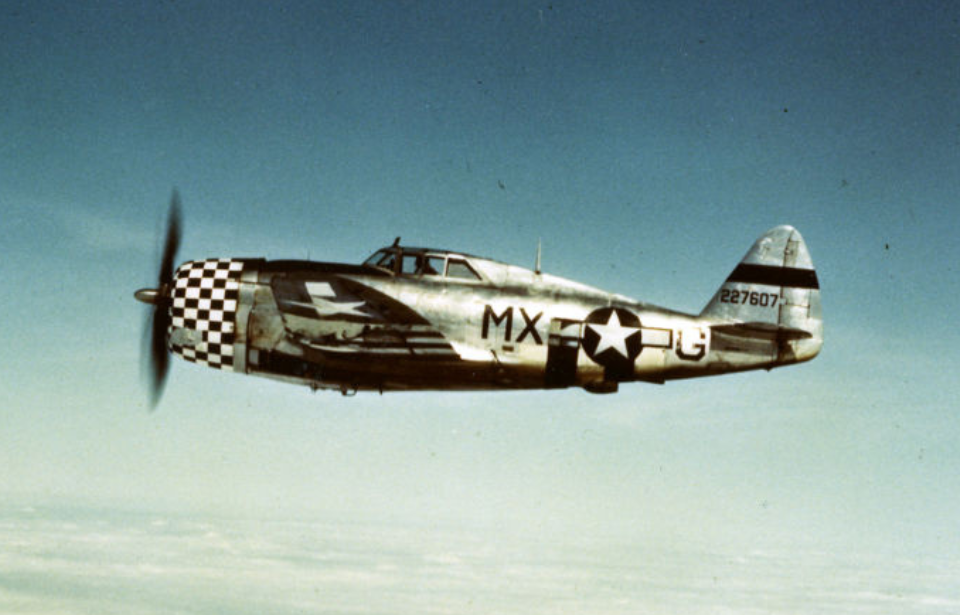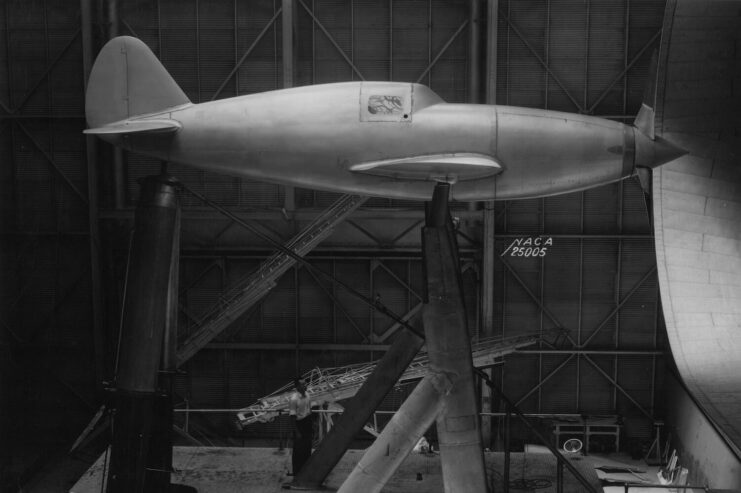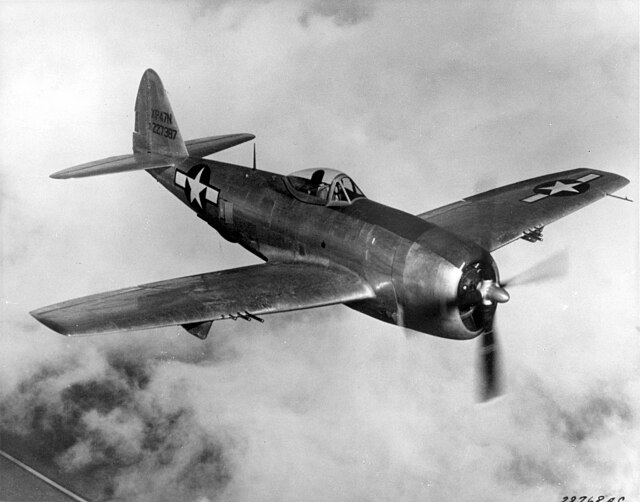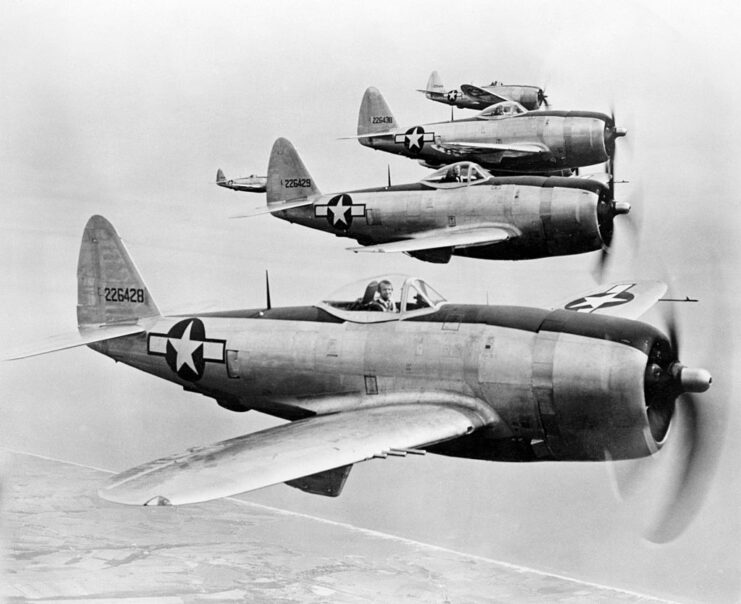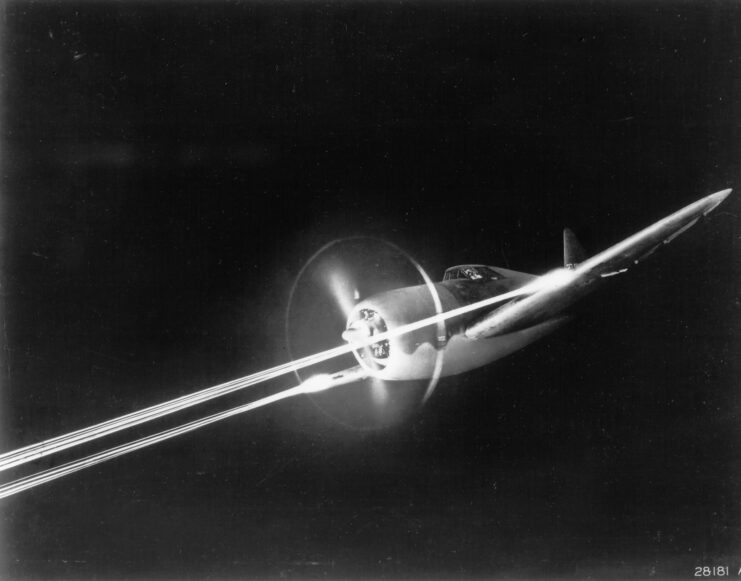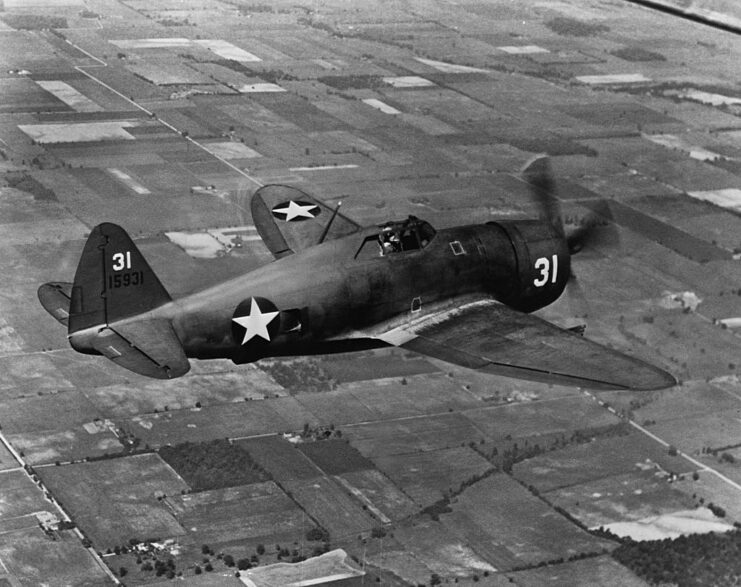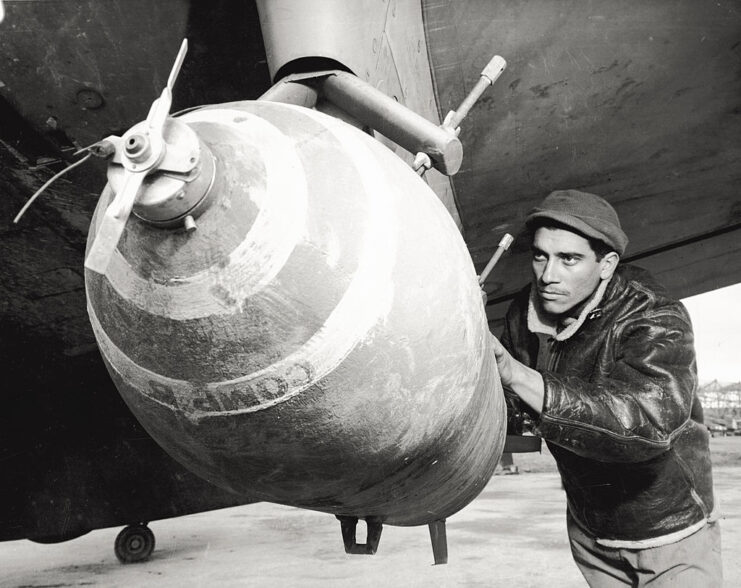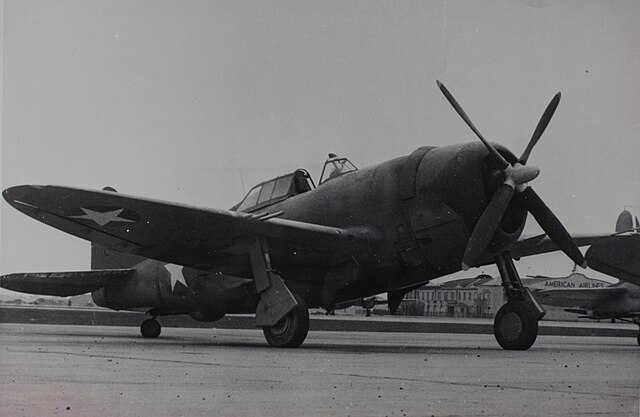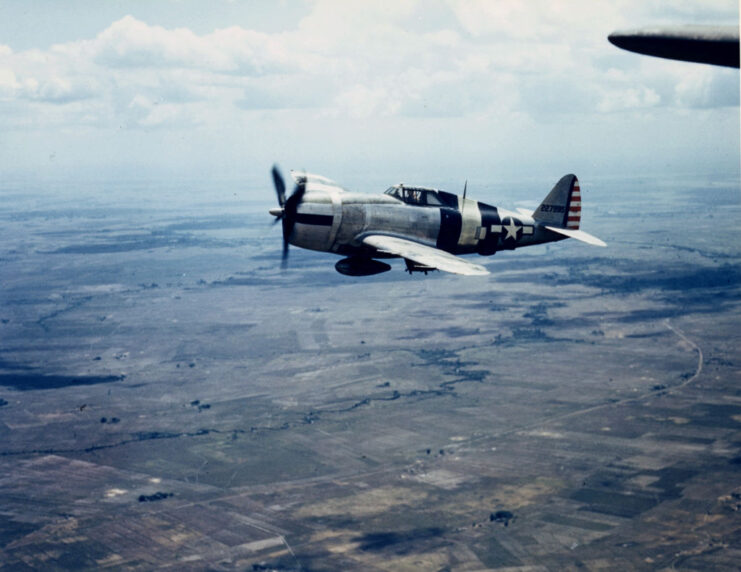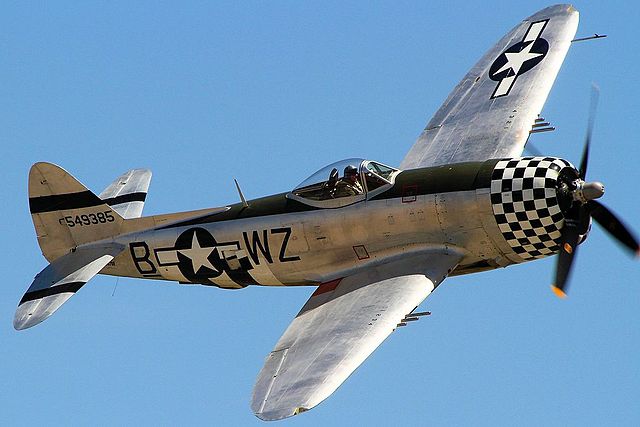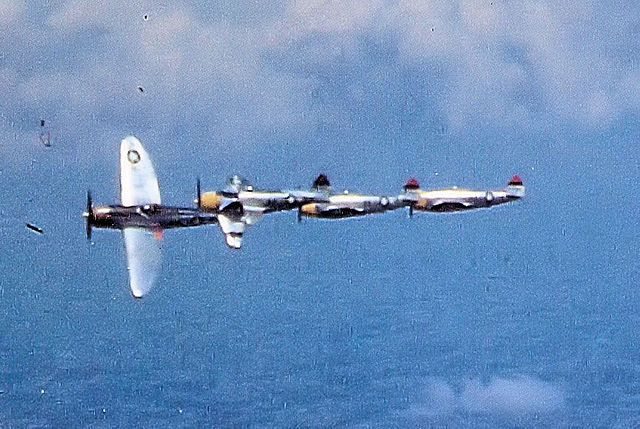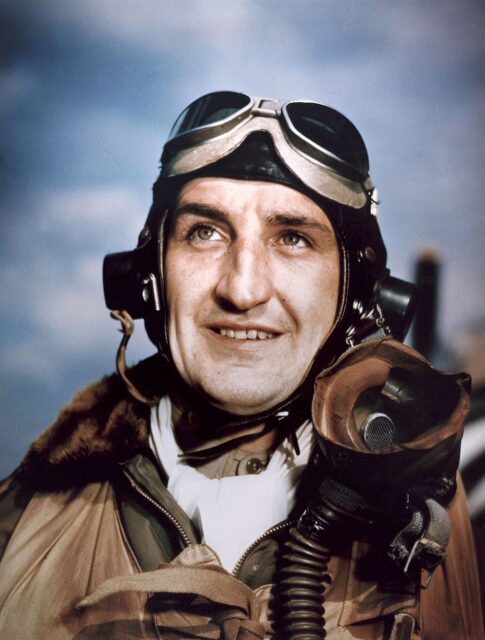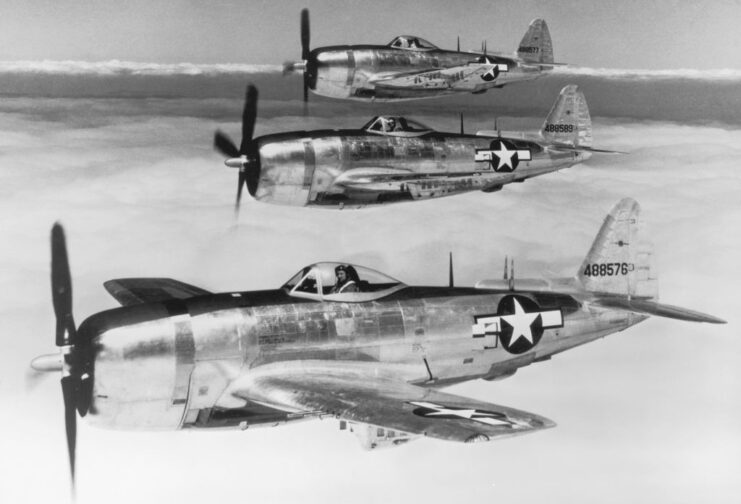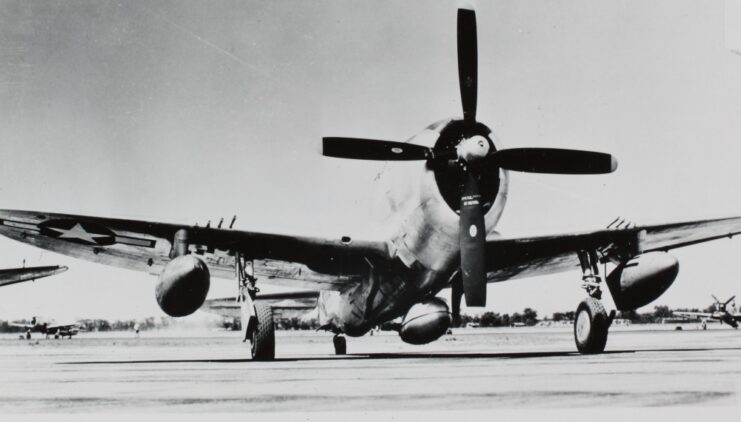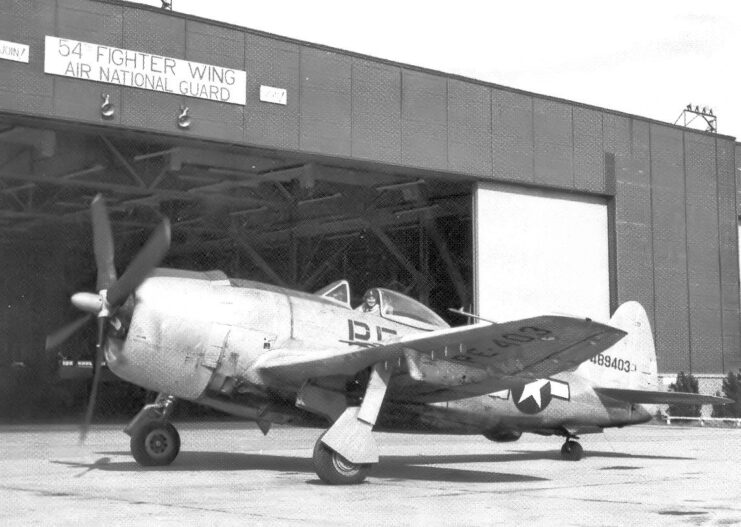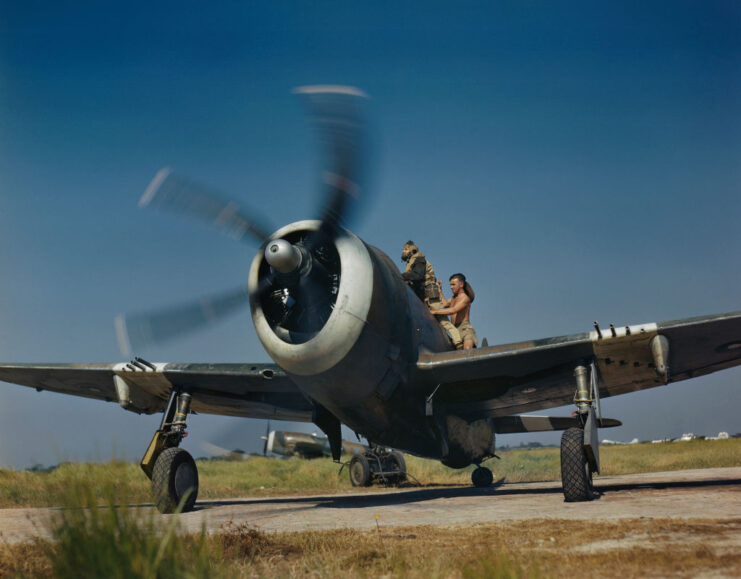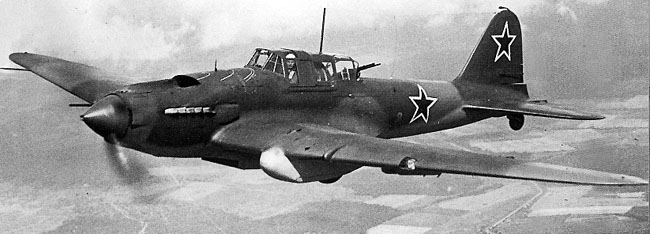Northrop Grumman’s B-2 Spirit Stealth Bomber was a costly venture, and one that many felt wasn’t needed after the collapse of the Soviet Union.
The Northrop Grumman B-2 Spirit is one of the most advanced bombers ever created. Known of course as the stealth bomber, the B-2 has provided the backbone of US strategic bombing since the late 1990s. The idea behind the B-2 was to create a military stealth aircraft that could strike deep into the heart of the Soviet Union. However, even before it entered service, the aircraft proved controversial within US Congress. Many felt the B-2 was simply not needed as the Cold War began to wind down.
The cost of the program and its lack of combat service since its introduction is controversial. It means that the program is sometimes seen as a waste of money. As capable as the B-2 Spirit really is, it’s not been able to create the same legacy as its stealth sibling, the F-117 Nighthawk.
The B-2 Spirit Was Designed To Penetrate Deep Into The Soviet Union

The US Air Force needed an aircraft by the mid-1970s that could slip through Soviet territory, nearly undetected. And pretty much immune to an attack by radar guided weapons. Plans for such an aircraft advanced quickly. Lockheed Martin would earn the contract to create the F-117 attack aircraft thanks to its experience with the SR-71 Blackbird. Northrop meanwhile had developed Tacit Blue. This was a demonstration aircraft, and would soon win the contract to produce the B-2. The B-2 project had even more appeal. This following the cancelation of the original B-1 bomber project.
The B-2 was first publicly unveiled in November 1988, but by then there were doubts about the program. It was increasingly clear that the Soviet Union was failing. And it would collapse entirely in 1991. Before the aircraft had even entered service, the sole reason for the B-2s existence was gone. Thus, the initial order for 132 B-2s was dramatically reduced to just 21. As of 2023 20 are in service with one having crashed in 2008. But not only did the dissolution of the Soviet Union hurt the B-2, so did its spiraling costs.
The B-2 Was A Complex And Multi-Billion Dollar Wasted Project

Developing the B-2 Spirit was one of the costliest projects in the United States military history. By 1997, the estimated average cost of one of the 21 B2s was $2.13 billion. With each aircraft costing a staggering $737 million to build. That number rose to $929 million per aircraft after including spare parts, retrofitting and procurement among other things. Once all the development was factored in, the price of the B-2 inflated to that $2.13 billion figure Overall, the B-2 Spirit program cost an eye watering $44 billion, around $71 billion in today’s money. It was easy to see why there were many doubters in congress who thought the B-2 was just a giant waste of money.
The winding down of the Soviet Union simply made things worse. With a stealthy strategic bomber no longer as urgently needed as it had been. The cost of the B-2 to the American taxpayer was hugely controversial. The B-2 was now estimated to cost three times as much annually as the B-1B would when that entered US service. It was also four times more expensive to operate annually than the B-52H. Had the B-2 proven itself in combat however, things might have been different. But the B-2, unlike the F-117, hasn’t had the most interesting of operational careers.
The B-2 Has Only Seen Limited Combat Service

In terms of its stealth capabilities, the B-2 is an exceptional aircraft. It is just as stealthy as the US Air Force had hoped it would be. Which also means less support aircraft are then needed to provide air cover for the bomber. No missiles have ever launched at a B-2 in service, whereas one F-117 was of course shot down in Yugoslavia. Operationally tough, there haven’t been many chances for the B-2 to get locked onto. The B-2 saw limited usage during the 1999 Kosovo War, while it saw service in Afghanistan in 2003 in Operation Enduring Freedom.
Since then the B-2 has seen some service in Libya, and against ISIS in Libya. But for an aircraft that costs around $2 billion each, this isn’t what you might call value for money. It’s not had quite the same career as the B-52.
What Next For The B-2 Spirit Stealth Bomber?

In terms of what the future holds for the B-2, it is now expected to remain in service until 2032. At this point, Northrop Grumman’s new B-21 Raider will replace the bomber. Clearly there is still a need for a stealth bomber within the US Air Force. The B-21 should in theory also replace the B-1B Lancer and potentially the B-52 Stratofortress as well. With it estimated that the cost of one B-21 will be around $700 billion they will certainly be cheaper than the B-2. But the B-2 has at least paved the way more stealth aircraft for the US military in the future.



